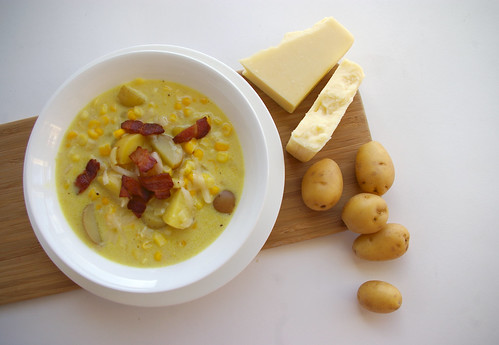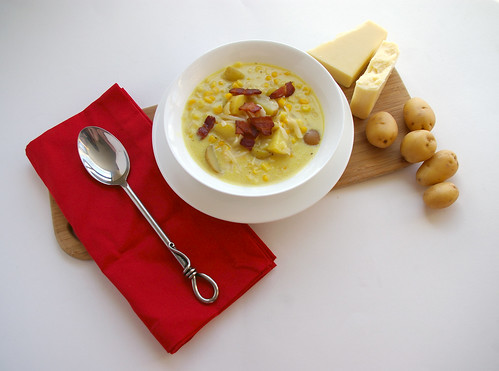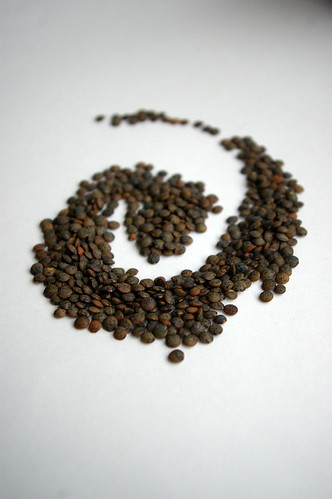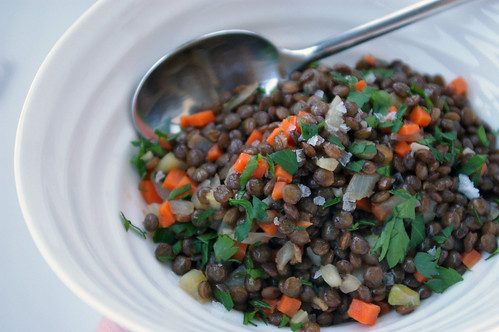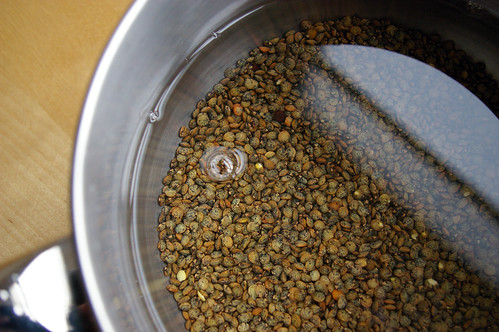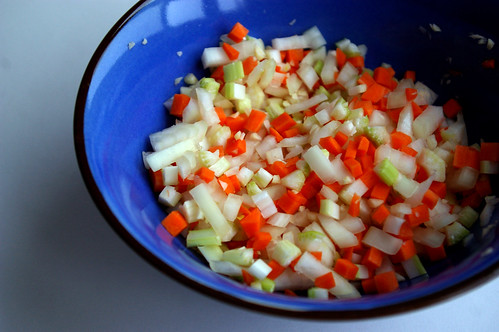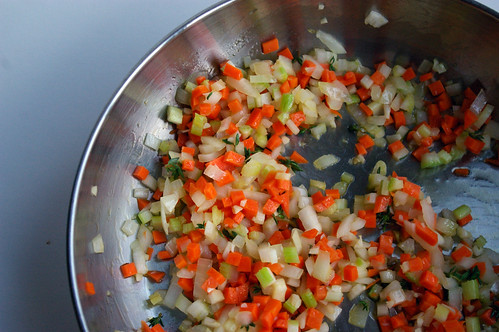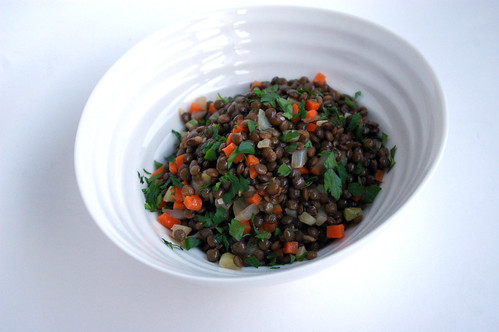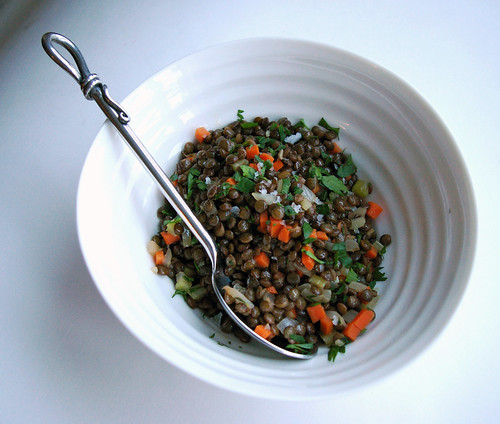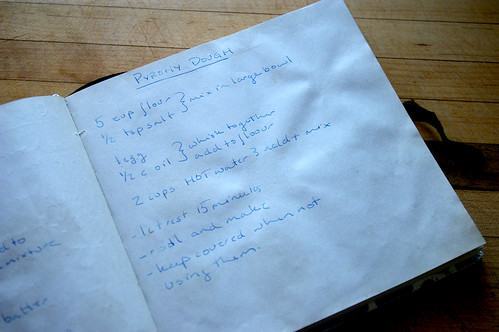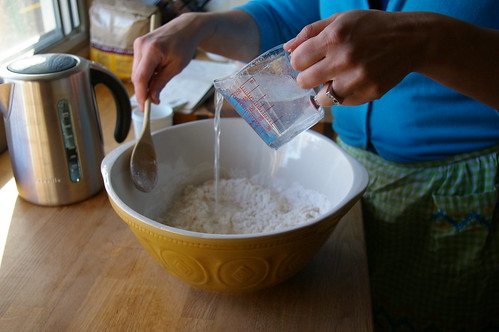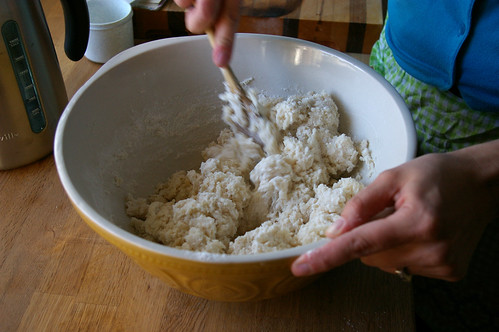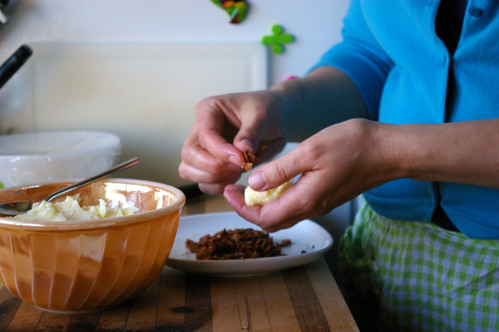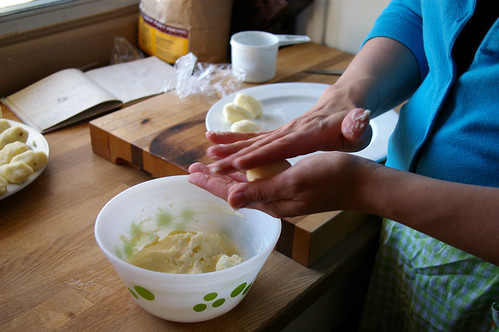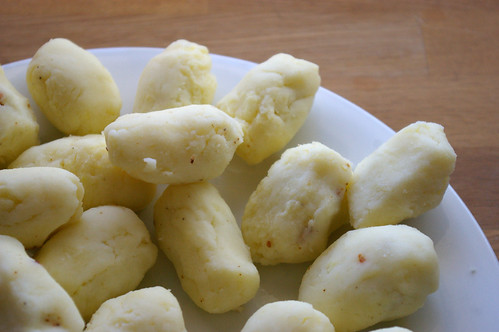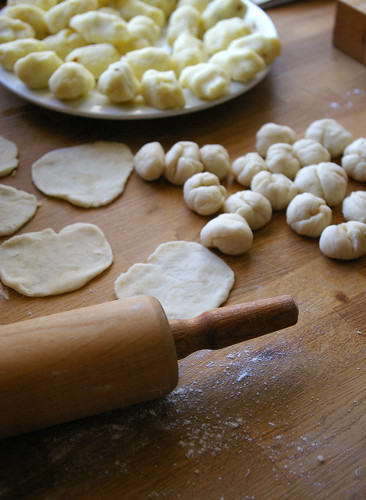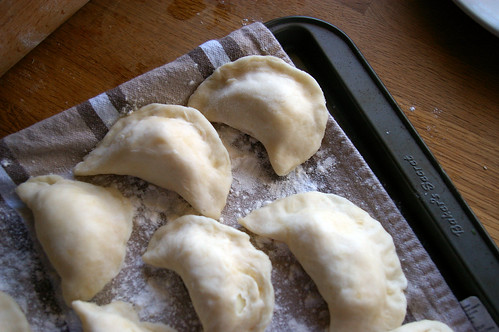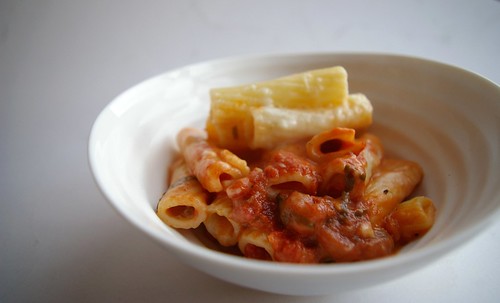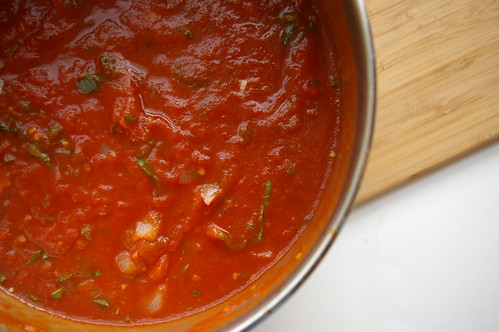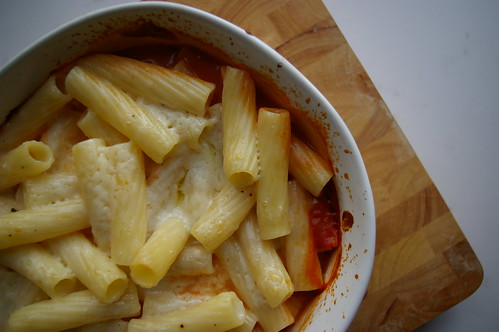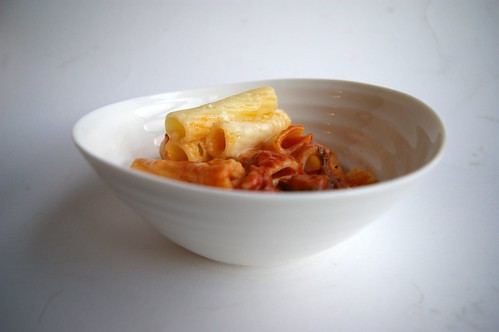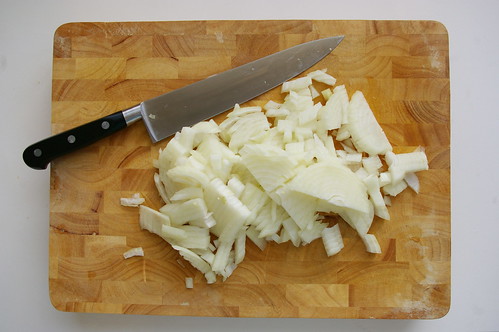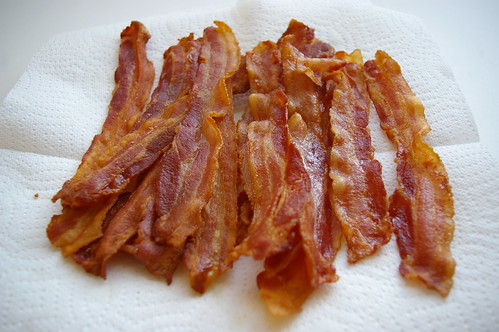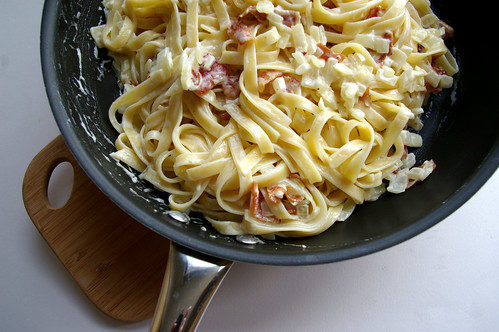It’s cold. Ergo, I want soup.
For one thing, it’s warm and soothing. And for a second, it doesn’t need to take much time to put together, which means I’m back under a blanket eating it without much fuss.
Soup for me often means throwing in random vegetables from the crisper, potatoes, onions and garlic, a Parmesan heel (the leftover rind, which I save in a tightly sealed bag in the freezer) if I have it, fresh herbs if there are any to be found and a few handfuls of a small pasta or rice. It’s about creativity and frugality. Emphasis equally on both.
Other times, I want a bowl of soup that requires no real thought on my part, but delivers with soothing flavour.
I want comfort in a bowl.
Without much hassle.
The Barefoot Contessa’s Cheddar Corn Chowder delivers.
“It tastes like Thanksgiving,” a friend once said when she tried some.
It’s an apt description. The corn and potatoes, combined in the unexpectedly rich, chicken-y broth is a nod to the family holiday.
The turmeric adds a nice golden colour, while the addition of flour cooked in a decadent combination of bacon fat, olive oil and butter, thickens the soup to an almost gravy-like consistency. The sweetness of the corn works nicely in the savoury broth with the soft potatoes, and a few handfuls of white Cheddar.
And yet for a mid-week meal, it’s a good choice. The chowder is relatively quick to make — especially since you can easily substitute frozen corn for fresh, as I have done here, and the potatoes require no peeling. Paired with a salad, it can be a full, well-rounded meal.
Frankly, on its own, it’s quite filling.
And fairly fast.
From start to finish, this took less than 45 minutes. That could be partly because I prepped as I went along. Tossing the bacon into the pot, I started chopping onions. Onions starting to saute, and I moved on to dicing the potatoes. (I use baby potatoes, which need little more attention than cutting into quarters, so even less work this way.) Once the potatoes were cooking in the soup, I got on with grating the cheddar. And so on.
(That even includes the inevitable 30-second break I have to take after chopping onions to deal with my intensely watering eyes. Aside: I seem to have lost any immunity to raw onions. Sad but true.)
There are enough gaps between adding ingredients and letting them cook that there’s even a bit of time to tidy up before the soup is served.
That means when it’s ready, there’s less guilt about pouring a bowl and getting back under the blanket for some soup sipping.
And with temperatures slipping back down to the negative double digits this week, that’s exactly what I’m looking for.
I cut this recipe from The Barefoot Contessa Cookbook (Clarkson Potter, 1999) in half because the original serves 10 to 12 people. Even halved it makes a lot of soup, which is great for leftovers.
Need more? Doubling it is easy. In the summer and fall, substitute frozen corn with fresh (from about 5 ears) by cutting off the kernels and cooking them for 3 minutes in boiling salted water.
- 1/4 lb (125 g) bacon, chopped
- 2 tbsp (25 mL) olive oil
- 3 cups (750 mL) chopped yellow onions (about 2 large)
- 2 tbsp (25 mL) unsalted butter
- 1/4 cup (50 mL) allpurpose flour
- 1 tsp (5 mL) salt
- 1/2 tsp (2 mL) freshly ground black pepper
- 1/4 tsp (1 mL) ground turmeric
- 6 cups (1.5 L) chicken stock
- 3 cups (750 mL) medium-diced white boiling or baby potatoes, unpeeled
- 5 cups (1.25 L) corn kernels
- 1 cup (250 mL) half-and-half
- 1/4 lb (125 g) sharp white cheddar cheese, grated
In a large stockpot on medium-high heat, cook the bacon and olive oil until the bacon is crisp, about 5 minutes. Remove the bacon with a slotted spoon and reserve.
Reduce the heat to medium, add the onions and butter to the fat, and cook for 10 minutes, until the onions are translucent.
Stir in the flour, salt, pepper, and turmeric and cook for 3 minutes. Add the chicken stock and potatoes, bring to a boil and simmer uncovered for 15 minutes, until the potatoes are tender.
Add the corn to the soup, then add the half-and-half and cheddar. Cook for 5 more minutes, until the cheese is melted. Season to taste with salt and pepper.
Serve hot with a garnish of bacon.
Serves 5 to 6.
This originally ran in the Calgary Herald. For more recipes, check out the Herald’s online food section.
Bonus: I took a shot of the set up I used to make this photo work. Since it was earlier in the day than usual (I typically shoot in the afternoon), I needed to get the dish up even closer to the window. So, that’s why there’s a stool on the table. That’s a laptop sleeve propping up the edge of the white cardboard. Classy, right? Sometimes I have to also hold up the edge of the cardboard to ensure it’s a plain white background. This gets particularly tricky when dealing with things like soup. It’s really time to invest in a tripod.



